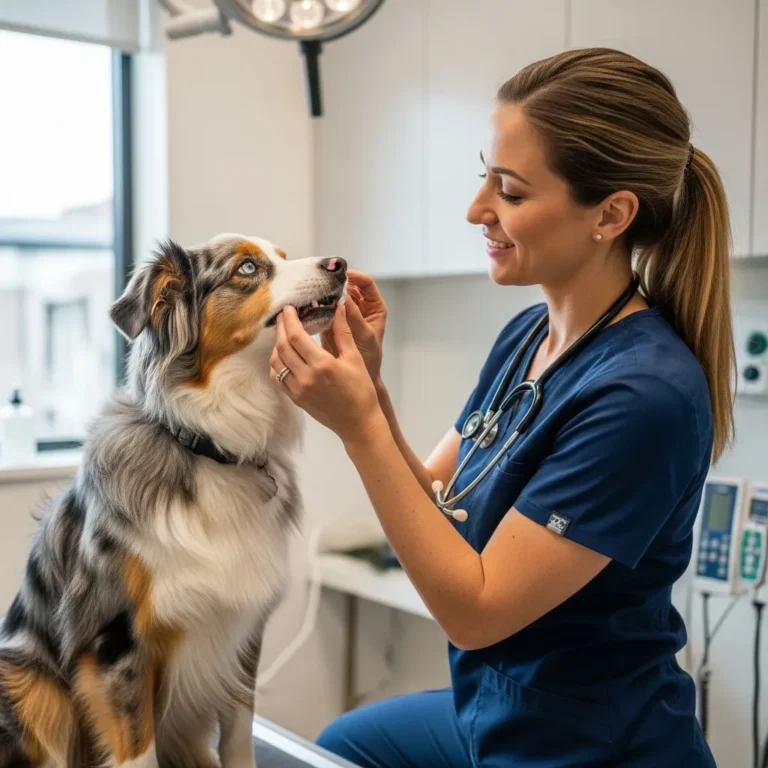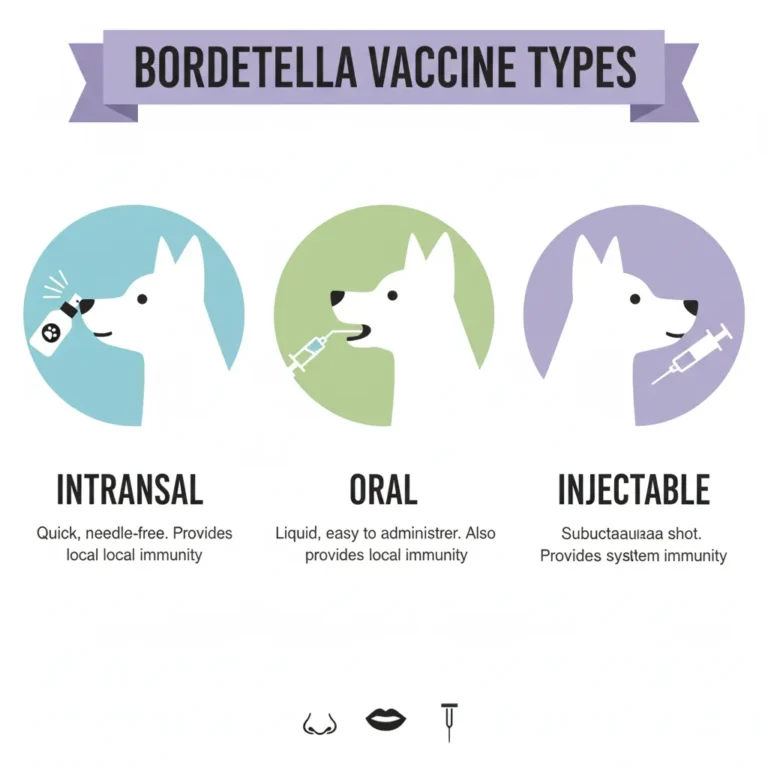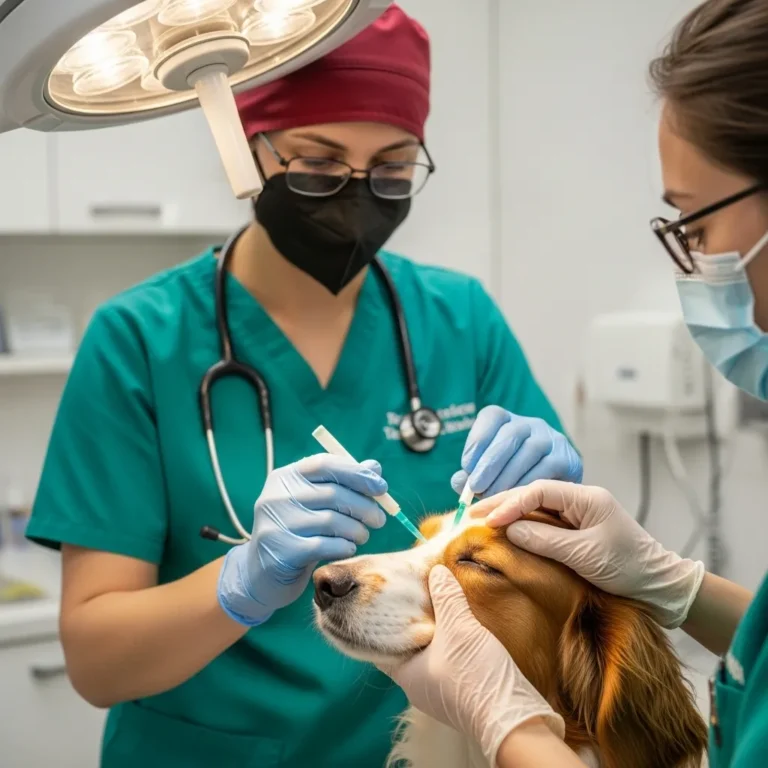
Author: DogsBlogSS Team
⚠️ Disclaimer: This article is for informational purposes only and is not a substitute for consulting a veterinarian.
gabapentin for dogs
When our furry companions are in pain or anxiety, it can be heartbreaking — and often, we want to do right by them. Gabapentin is a medication that many dog owners and veterinarians turn to for exactly these reasons. While it’s not a cure-all, gabapentin can bring real relief for nerve pain, chronic discomfort, seizures, and stress — all with a generally good safety profile. But because it’s a “human” drug used off-label for dogs, it comes with very specific cautions and questions. In this article, we’ll walk through what gabapentin is, how and why it’s used in dogs, the risks to watch for, how to give it safely, and when to call your vet — all in a friendly, straightforward way.
1. Understanding Gabapentin: Uses and Benefits
What is Gabapentin and Why Is It Prescribed for Dogs?
According to American Kennel Club, Gabapentin is a drug originally developed for humans, used to treat nerve pain, seizures, and certain neurological conditions. But over time, veterinarians realized it can be incredibly helpful in dogs, too — especially for managing chronic pain, nerve pain, and anxiety.
According to Veterinary Care at Your Fingertips, Many dogs with arthritis, back problems, or nerve-related conditions feel better when gabapentin is added to their treatment, often alongside other pain medications like NSAIDs (non-steroidal anti-inflammatories).
Is Gabapentin a Painkiller or a Sedative?
According to Drugs, That’s a great question — and the answer is: a little bit of both, depending on how it’s used. In dogs, gabapentin works by changing how certain nerve signals are transmitted (especially calcium channels in neurons), which helps dial down nerve pain.
According to PetMD, But because it also dampens neuronal overactivity, it has mild sedative effects. That means it can calm an anxious or over‑stimulated dog, without necessarily knocking them out the way stronger sedatives would.
Can Gabapentin Be Used for Dog Anxiety and Fireworks?
According to Drugs, Yes — this is one of its more common off-label uses among veterinarians. Gabapentin is sometimes given before anxiety-triggering events, like fireworks, thunderstorms, travel, or stressful vet visits.
Reddit threads also reflect this trend: for example, people in /r/reactivedogs have reported using gabapentin to calm their dogs during fireworks or vet visits. > “He was on gabapentin for a surgery … his car anxiety went away … the vet also gave me more … I see it says 5‑30 mg/kg … I assume the anxiety dosage is higher …”
What Is the Difference Between Gabapentin and Other NSAIDs (Like Carprofen / Rimadyl)?
According to Veterinary Place, NSAIDs (like Carprofen, Rimadyl) reduce inflammation and pain by blocking certain chemical pathways (like prostaglandins) in the body. Gabapentin, on the other hand, doesn’t primarily act on inflammation: it modulates nerve signaling. Because of that, gabapentin is especially useful for neuropathic pain — pain caused by nerve damage or overactive nerve pathways — which NSAIDs alone may not fully address.
According to Hepper Pet Resources, Additionally, gabapentin is often used in combination with NSAIDs. That way, the dog benefits from both anti-inflammatory effects (from NSAIDs) and nerve-signal modulation (from gabapentin), giving more comprehensive pain relief.
2. Important Safety Warning: The “Human Version”
This is one of the most critical sections for dog owners, because misusing gabapentin can have serious consequences.
Can I Give My Dog Human Gabapentin?
According to Drugs, While gabapentin is technically a human medication, you should only ever give it to your dog under veterinary supervision. Dosing, safety, and form matter a lot.
According to American Kennel Club, One big red flag: liquid versions for humans. Many of the oral solutions contain xylitol, a sweetener that’s toxic to dogs.
According to Armstrong Pet Hospital , Let me pull from a pet hospital’s drug info: Armstrong Pet Hospital warns explicitly to avoid formulations with xylitol; some “human” suspensions are dangerous to dogs.
So yes, gabapentin may be a “human” drug, but giving your dog human pills or especially human liquid without your vet’s guidance can be risky.
Why Is Liquid Gabapentin Dangerous for Dogs?
According to American Kennel Club, As mentioned, many oral liquid gabapentin formulations are sweetened with xylitol, which is extremely toxic to dogs.
According to Poisoned Pets , Xylitol can cause dangerously low blood sugar (hypoglycemia) and liver damage in dogs.
According to PetMD,Even if the dose seems small, the presence of xylitol changes the safety picture dramatically. That’s why vets often recommend a compounded gabapentin formulation just for pets, which avoids the toxic sweeteners.
3. gabapentin dosage for dogs
Once you’re working with a vet, these are the practical questions you’ll want clarity on.
What Is the Typical Dosage of Gabapentin for Dogs?
According to TelaVets, Gabapentin dosing varies a lot depending on why you’re using it (pain, anxiety, seizures), your dog’s size, weight, and overall health.
Here are some common guideline ranges:
- According to Drugs, Chronic pain / neuropathic pain: ~ 5–15 mg per kg every 12 hours, though some dogs may go higher (up to 40 mg/kg) in certain cases.
- According to Drugs, Seizures (add-on therapy): often 10–20 mg/kg every 8 hours; some dogs might need more.
- According to TelaVets, Anxiety or situational use: for events like fireworks, vets may prescribe 20–30 mg/kg given 1–2 hours before the stressful event.
But — these are just general ranges. Your vet will tailor the exact dose based on your dog’s weight, other medications, and their specific condition.
How Often Can I Give Gabapentin to My Dog?
Commonly, gabapentin is given every 8 to 12 hours, but the schedule really depends on why it’s being used:
- According to American Kennel Club, For chronic pain: often every 12 hours or three times a day, depending on dose.
- According to Drugs, For seizures: more frequent dosing (every 8 hours) may be necessary.
- According to Hepper Pet Resources, For anxiety around an event (e.g., fireworks): vets sometimes prescribe a single “as-needed” dose before the event.
What Should I Do If I Miss a Dose?
If you miss a dose of gabapentin for your dog:
- Give the missed dose as soon as you remember — unless it’s close to the next scheduled one.
- According to Hepper Pet Resources, If it’s almost time for the next dose, skip the missed one (do not double up).
- As always, follow your vet’s specific guidance — don’t make assumptions.
Can I Crush the Tablet or Open the Capsule into Food?
According to Hepper Pet Resources, Yes — in many cases, gabapentin tablets can be crushed or capsules opened and mixed in food, but you must check with your vet first. According to Hepper, this is a fairly common practice when dogs don’t like to swallow pills.
According to PetMD, If your vet works with a compounding pharmacy, they might also prescribe a pet-safe liquid or a lower-dose pellet form, which can be easier to administer.
4. Timing and Effectiveness
Understanding when gabapentin starts to work and how long it lasts helps you set realistic expectations.
How Long Does It Take for Gabapentin to Start Working?
According to American Kennel Club, Gabapentin typically begins working within about 1 to 3 hours after administration for many dogs.
According to TelaVets, In the case of situational anxiety (like vet visits or fireworks), vets often recommend giving it 1–2 hours before the event, so it reaches effective levels.
How Long Do the Effects of Gabapentin Last in Dogs?
According to PetMD, Generally, the effects of a single dose of gabapentin wear off within 24 hours in healthy dogs.
According to American Kennel Club, That said, if your dog has kidney or liver issues, the drug may stay in their system longer, because their body clears it more slowly.
Why Doesn’t Gabapentin Seem to Be Working for My Dog?
If gabapentin doesn’t appear to be helping, a few factors could be at play:
- The dose may be too low for your dog’s weight or for what they’re being treated for.
- They may need a different dosing interval — sometimes more frequent administration is needed.
- Over time, dogs might develop tolerance, meaning the same dose becomes less effective.
- According to Veterinary Place , Finally, there’s a chance the issue being treated (for example, pain) isn’t fully responsive to gabapentin alone, and your vet may need to combine it with other treatments.
If it’s not working as expected, don’t just stop — talk to your vet about adjusting the plan.
5. gabapentin for dogs side effects: What to Expect
When you start your dog on gabapentin, knowing the possible side effects helps you watch carefully — and helps you feel more in control.
What Are the Most Common Side Effects of Gabapentin in Dogs?
The most frequently reported side effects are:
- According to Drugs, Sedation / drowsiness — your dog might seem more tired or sleepy than usual, especially when you first start.
- According to PetMD, Loss of coordination or a “wobbly” gait (ataxia) — this can be more pronounced at higher doses.
- According to Veterinary Care at Your Fingertips, Gastrointestinal upset — some dogs may have vomiting, diarrhea, or changes in appetite.
According to Drugs, These effects often improve as your dog adjusts over a few days. Veterinarians frequently start with a low dose and slowly raise it to minimize side effects.
Is It Normal for My Dog to Be Wobbly or Stumble (Ataxia) on Gabapentin?
According to American Kennel Club, Yes — ataxia (uncoordinated movement or “wobbly” walking) is one of the most common concerns, especially early on or when dose increases.
One Reddit dog owner shared:
“Within about 2 hours … he lost the ability to walk properly, … seemed very drunk … he is still unable to support his weight properly … I am having to give him water by syringe …”
In many cases, this side effect subsides as the body adapts or when the vet adjusts the dose.
Will Gabapentin Make My Dog Sleep All Day?
According to Hepper Pet Resources, Gabapentin can certainly make a dog more sedate, especially at first.
According to Drugs,That said, most dogs don’t sleep all day once they’ve acclimated. The initial grogginess often eases as the dose is stable and your vet fine-tunes it.
Does Gabapentin Cause Diarrhea or Vomiting?
According to Veterinary Care at Your Fingertips, It’s possible, but less common. Some dogs may experience mild digestive upset (diarrhea, vomiting) when they start gabapentin.
If your dog is having persistent GI issues, definitely talk to your vet to see if the dose or form needs adjusting.
6. Drug Interactions and Long-Term Use
If your dog is also taking other medications or needs gabapentin for a long-term condition, here’s what you should know.
Can Gabapentin Be Taken with Other Medications (Tramadol, Trazodone, CBD)?
- According to PetMD,Tramadol: Gabapentin is sometimes used alongside tramadol for pain relief. However, because both drugs can sedate, caution is needed — your vet will carefully choose doses.
- According to PetMD, According to PSY , Trazodone: This is a common combo. Gabapentin + trazodone may be prescribed for anxiety. According to PetMD, these two are often used together safely.
- According to PetMD, According to PSY , CBD: There’s more concern here. PetMD notes that combining gabapentin with CBD may increase sedation risk, so you should only mix them under vet supervision.
Is Gabapentin Safe for Long-Term Use in Dogs With Arthritis?
According to Drugs, Yes — many dogs stay on gabapentin for months or even years (especially older dogs with arthritis) as part of a pain-management plan.
Because it’s relatively well tolerated, vets often keep it in the mix when they’re managing chronic neuropathic pain.
Do I Need to Wean My Dog Off Gabapentin Slowly?
According to Drugs, Absolutely — especially if your dog has been on gabapentin for seizures. Stopping abruptly can trigger withdrawal seizures.
Your vet will likely recommend a gradual taper over days or weeks, depending on your dog’s dose and health status.
Is Gabapentin Safe for Dogs With Kidney or Liver Disease?
According to American Kennel Club, This requires special attention. Dogs with kidney or liver impairment process gabapentin more slowly, which means the drug can linger in their system longer.
Because of this, vets may lower the dose, extend the dosing interval, or monitor bloodwork more frequently in these pets.
7. Emergency Concerns
Even though gabapentin is generally safe when used correctly, it’s important to know when things might be going wrong.
What Are the Signs of a Gabapentin Overdose in Dogs?
Possible signs of overdose include:
- Extreme sedation, lethargy
- According to Nasdaq, Severe loss of coordination, stumbling or inability to walk (“ataxia”)
- According to Drugs,Vomiting or diarrhea
- According to Armstrong Pet Hospital, In rare cases (especially with xylitol‑containing liquid): hypoglycemia (low blood sugar), liver issues.
According to Nasdaq, On Reddit, owners have described dogs being “very ataxic … and sedated” when they suspect overdoses.
When Should I Call the Vet?
You should call your vet immediately if:
- Your dog becomes so lethargic they can’t stand or respond.
- You notice severe unsteadiness, stumbling, or loss of coordination.
- There’s repeated vomiting or diarrhea.
- There are any signs of hypoglycemia (if you suspect xylitol exposure) — though that’s more rare, it’s serious.
In an emergency, it’s always best to err on the side of caution. Bring your dog in or call your vet’s emergency line.
Conclusion
gabapentin dogs can be a real lifeline for many dogs — whether they’re suffering from chronic nerve pain, anxiety around fireworks, or even as a helper for seizure control. But because it’s a human drug used off-label, there are important safety considerations: especially when it comes to formulation (watch out for xylitol), dosing, and how often to give it.
If your vet suggests gabapentin, ask lots of questions: Why are they recommending it? What dose, and why? How often? What side effects should you expect, and when should you call back? With careful use — and close communication with your vet — gabapentin can improve your dog’s quality of life in a gentle, manageable way.
Notice : The DogsBlogSS editorial team is dedicated to providing accurate, research-based information about dog health, behavior, and care. All our articles are fact-checked using trusted veterinary sources such as VCA Hospitals, Merck Vet Manual, and the AKC.
you may like it










